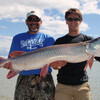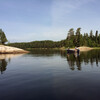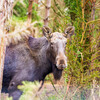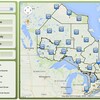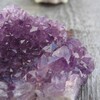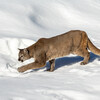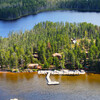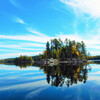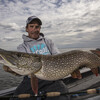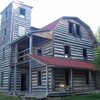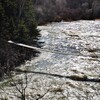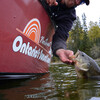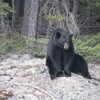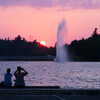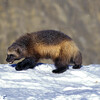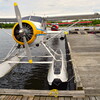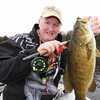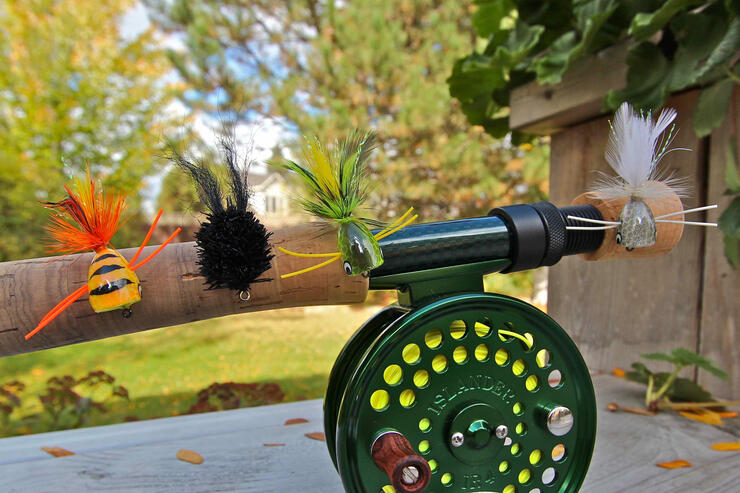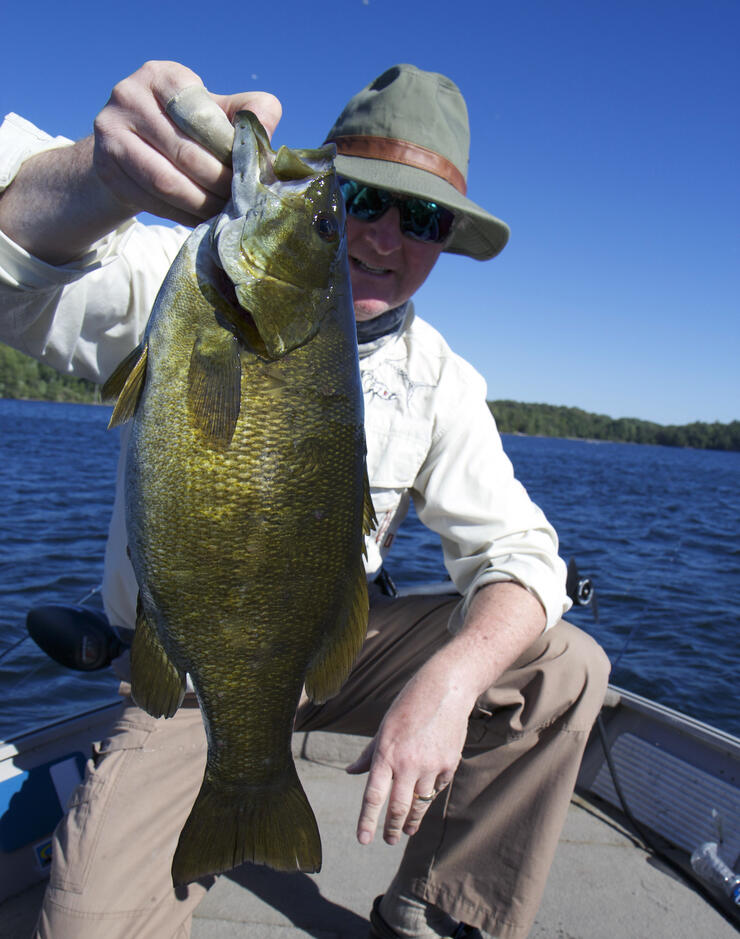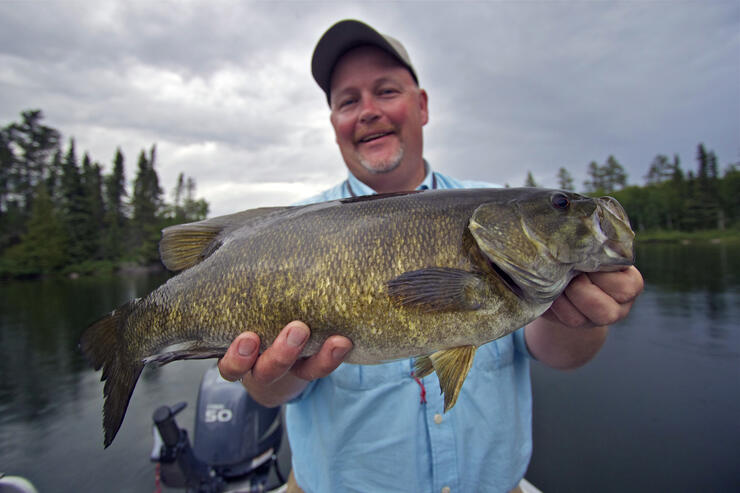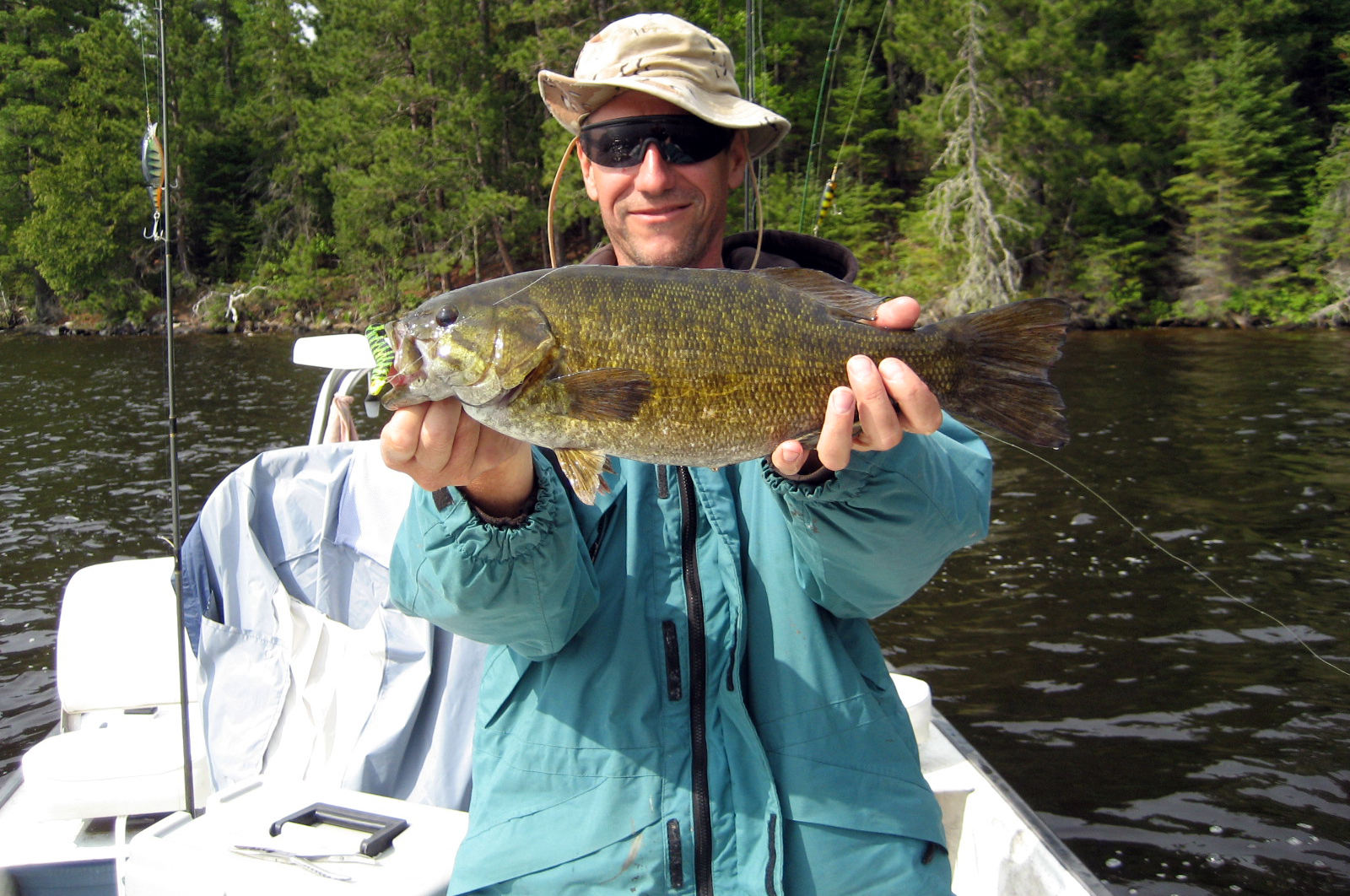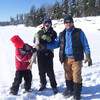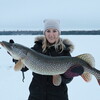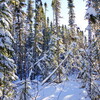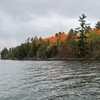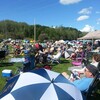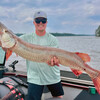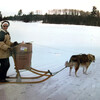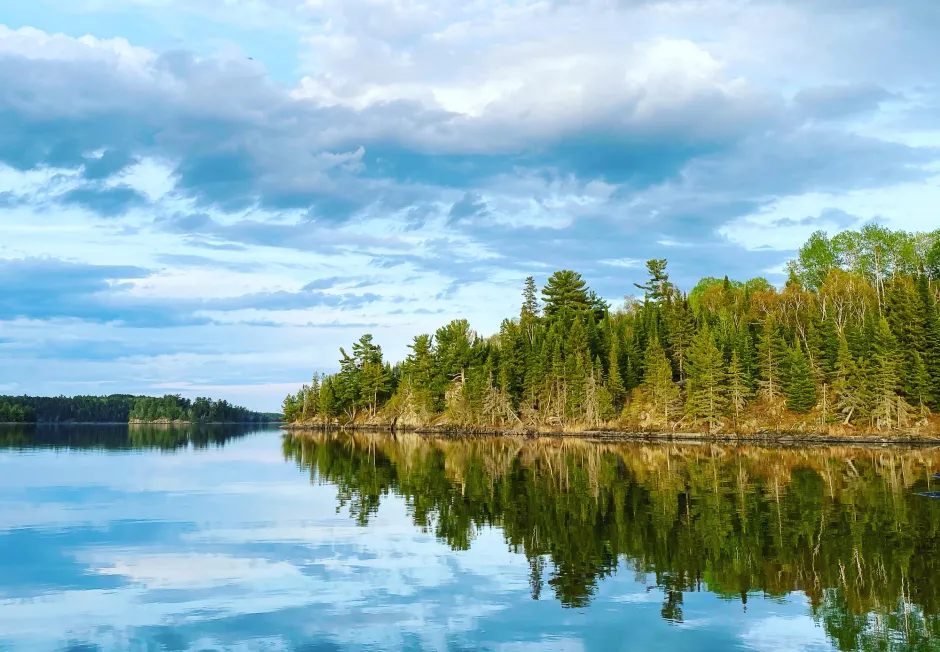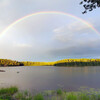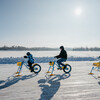
Poppers for Bronzebacks
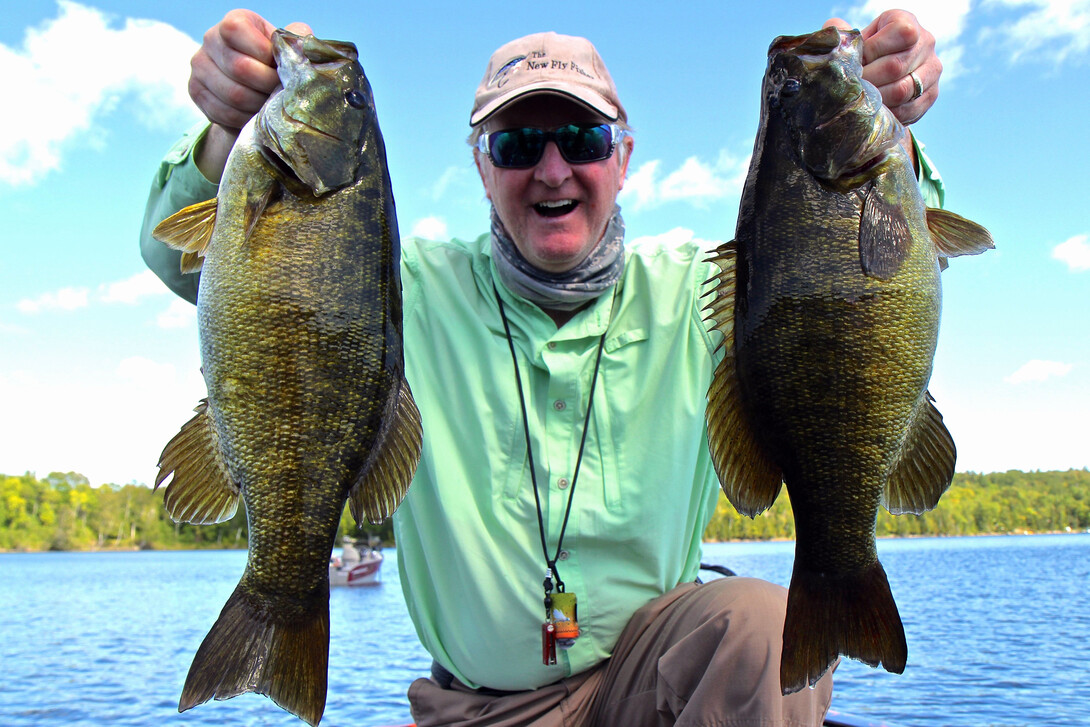
Okay, confession time. I have boxes and boxes of popper flies, way more than I can use in my lifetime. Searching out and buying poppers is almost like an addiction. Every time I go into a fly shop anywhere in the world, I check out their selection of poppers. It is amazing the variety of sizes, shapes and colours available. Here in Northwest Ontario, it seems they all work on some lake or river for the big smallmouth bass.
Last winter when I was fishing in Belize, a small seashore fly shop had a nice selection of foam poppers used to catch baby tarpon, of course, I had to have some to try on bass! After years of using poppers, there are some that have truly proven themselves to be effective.
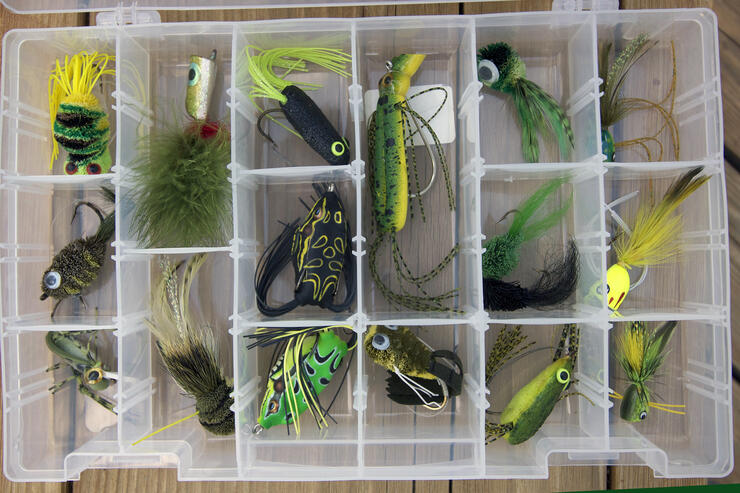
First, a few important words about the shape, size and other items of note when choosing poppers:
- It must have a good and deep concave face. I find a small (size 8) popper with a concave face is the best. Sure there are times when a big popper works well but overall I have found smaller ones are more effective for all sizes of smallmouth.
- Combined with this shape is a small tail, usually made of feathers and calf tail.
- It is important to have rubber legs, short and stiff projecting from the sides. Even in still water, these rubber legs will visually vibrate in the surface film and excited bass. Poppers such as Sneaky Pete’s I am not that fond of – they just don’t lure bass up due to lack of water commotion.
- In terms of colour, I love yellow/orange combinations, green with white and of course black. Black seems to be a universal shade that works well on overcast days or towards nightfall when silhouette is critical.
Why do bass take poppers? I think that they represent a lot of prey items to bass. From a small frog to an insect, something that moves and seems to be trying to get away – it rings the dinner bell for bass!
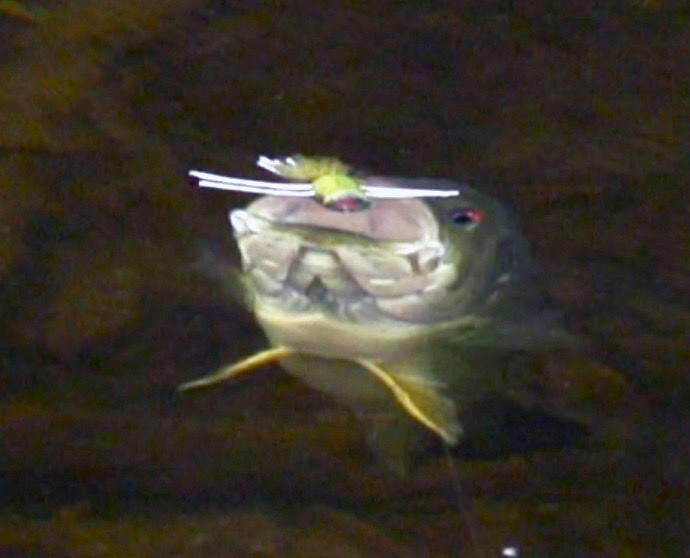
In terms of technique, the key is to cast the fly near likely looking structure and then let it sit. I mean sit. Often the fly will be hit 15-20 seconds after it has landed. Recently on Hawk Lake, this often happened. It is hard to avoid the temptation to automatically retrieve or pop the fly. How often have you turned to talk to a friend and then heard a splash as you fly was taken? That is because you allowed it to sit and let the bass look it over.
When retrieving the popper, make sure it truly splashes and gurgle in the surface film. After a few pops, let it stay motionless – let the splash ring dissipate. You will be amazed how often you will see a big bass slowly come to the surface to inhale your offering. I like to use 8- to 10-foot leaders of 10-foot mono. Generally, I do not use a tapered leader as I find the weight of the fly combined with using a good quality bass fly line will make it easy to cast poppers. This is what I liked at Hawk Lake: I caught lots and lots of big aggressive bass on poppers. To me this type of fly fishing is total nirvana and why I like Northwestern Ontario so much.
Recommended Articles
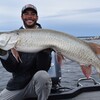
Looking for somewhere new to fish?

Has not having a passport kept you from vacationing in Canada?
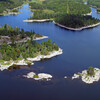
Discover The Winnipeg River
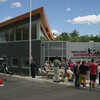
A Guide to Sunset Country Museums
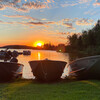
Going fishing in Ontario?
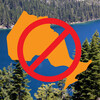
10 Reasons to Avoid Ontario
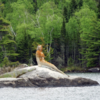
The 5 Best Sights you can only see by boat
5 Essential Boreal Experiences in Ontario's Sunset Country
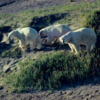
5 Obscure Facts About Northwestern Ontario: Were You Aware of These?
Outdoor Medicine
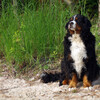
Bringing Your Pet to Canada
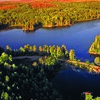
Heading Across Canada?
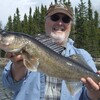
Tips for Spring Walleye Fishing
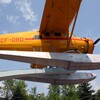
There's more than just fishing in the Red Lake Region
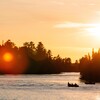
Outdoor Adventure in Ontario's Northern Paradise
Plan your trip
5 Amazing Things About Spring
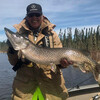
Spring Fishing for Northern Pike
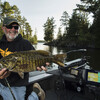
Tips from a Fishing Legend
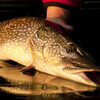
Going Fishing in Canada?
